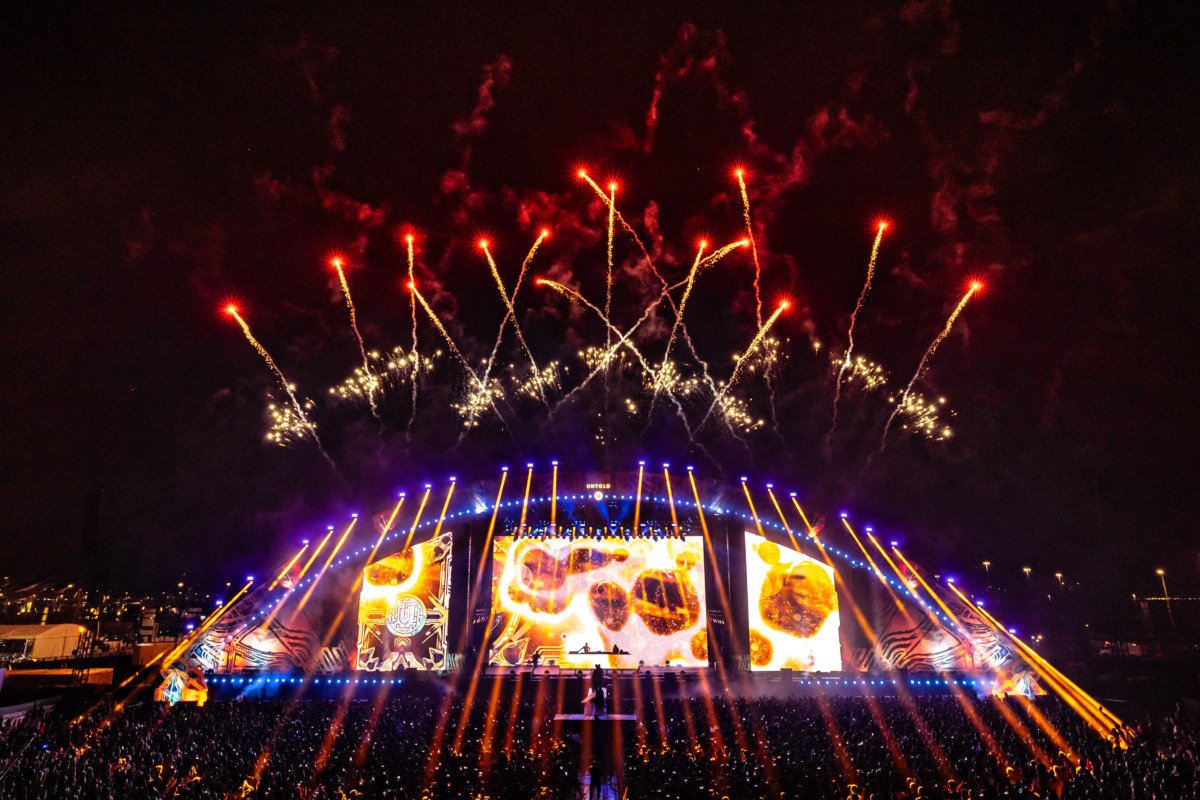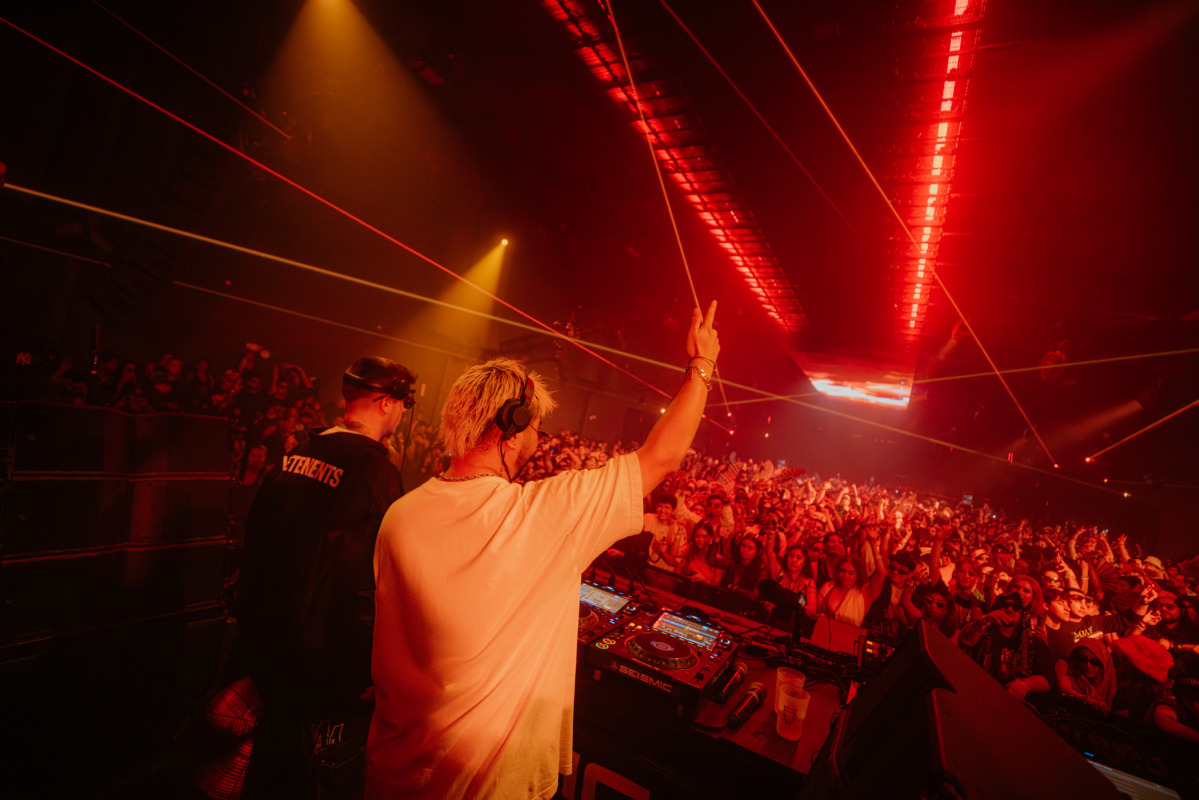Cell is one of the most sinister villains ever to take on Goku and the Z Fighters throughout the entire Dragon Ball franchise, responsible for Goku's second death during an explosive showdown in Dragon Ball Z's Cell Games. Prior to Goku's heroic sacrifice, Android 16 stepped in and tried to put an end to the synthetic supervillain by blowing him up with an internal bomb planted inside him by his creator, Doctor Gero. This plan failed, and Cell easily destroyed his robotic counterpart. However, if Android 16 was able to see his own sacrificial plan through to completion, would it have actually destroyed Cell, or merely been another failed measure to stop the sneering villain?
Click to start this article in
Normally a stoically peaceful figure, Android 16 came off the sidelines in order to oppose Cell, nearly destroying the imperfect form of the creature until Cell significantly upgraded himself by absorbing Android 17. He then defeated Android 16 with a single energy blast. After absorbing Android 18, Cell achieved his perfect form and proved himself able to withstand a fully powered Final Flash by Super Saiyan Vegeta, as well as to defeat Future Trunks in his Ultra Super Saiyan form.
During the Cell Games, Cell also showcased how quickly he could regenerate from mortal wounds when Goku hit him point-blank with an Instant Kamehameha Wave. Android 16 then stepped in, physically restraining Cell before announcing his plans to self-destruct and take the villain with him -- before learning Bulma had removed the bomb that Gero previously planted.
Given that Cell in his second form was able to defeat Android 16 so easily, he may have been able to withstand the full brunt of Android 16's bomb blast if properly prepared to mount an effective guard through a forcefield or other defensive measures. With Android 16 restraining Cell by surprising him and grabbing him from behind, this denied him the opportunity to protect himself but would have left the possibility for regeneration open.
Indeed, Cell's regenerative abilities are so powerful that he was able to completely rebuild himself once he self-destructed -- taking Goku and King Kai with him -- since his core remained intact. With that in mind, Android 16's sacrificial blast would have needed to obliterate Cell's core to make his destruction complete.
However, important to note is that when Android 16 restrained Cell and announced his plans, Cell was visibly scared that the android's plan actually stood a chance of succeeding. Even in his upgraded form, Cell struggled to break free from Android 16's grasp, and given how powerful 16's initial attacks are, it stands to reason that the activated bomb was the most powerful move 16 had. It would have channeled his full destructive potential into a single epic blast, with 16 hopefully containing the blast to prevent it from consuming the Z Fighters present as collateral damage.
Of course, Android 16's failed sacrifice was not in vain, with the sight of Cell crushing 16's head under his foot enraging Gohan to the point where he transformed into a Super Saiyan 2. This would ultimately prove to be Cell's undoing, with Super Saiyan 2 Gohan completely annihilating Cell with a Kamehameha Wave. Android 16 gave his life in the Cell Games, but it helped Gohan realize his true potential. Still, if Android 16's bomb had been present and functional, Cell may have been destroyed far earlier in the Cell Games, perhaps preventing the need for Goku and King Kai to also pay the ultimate price.
About The Author

